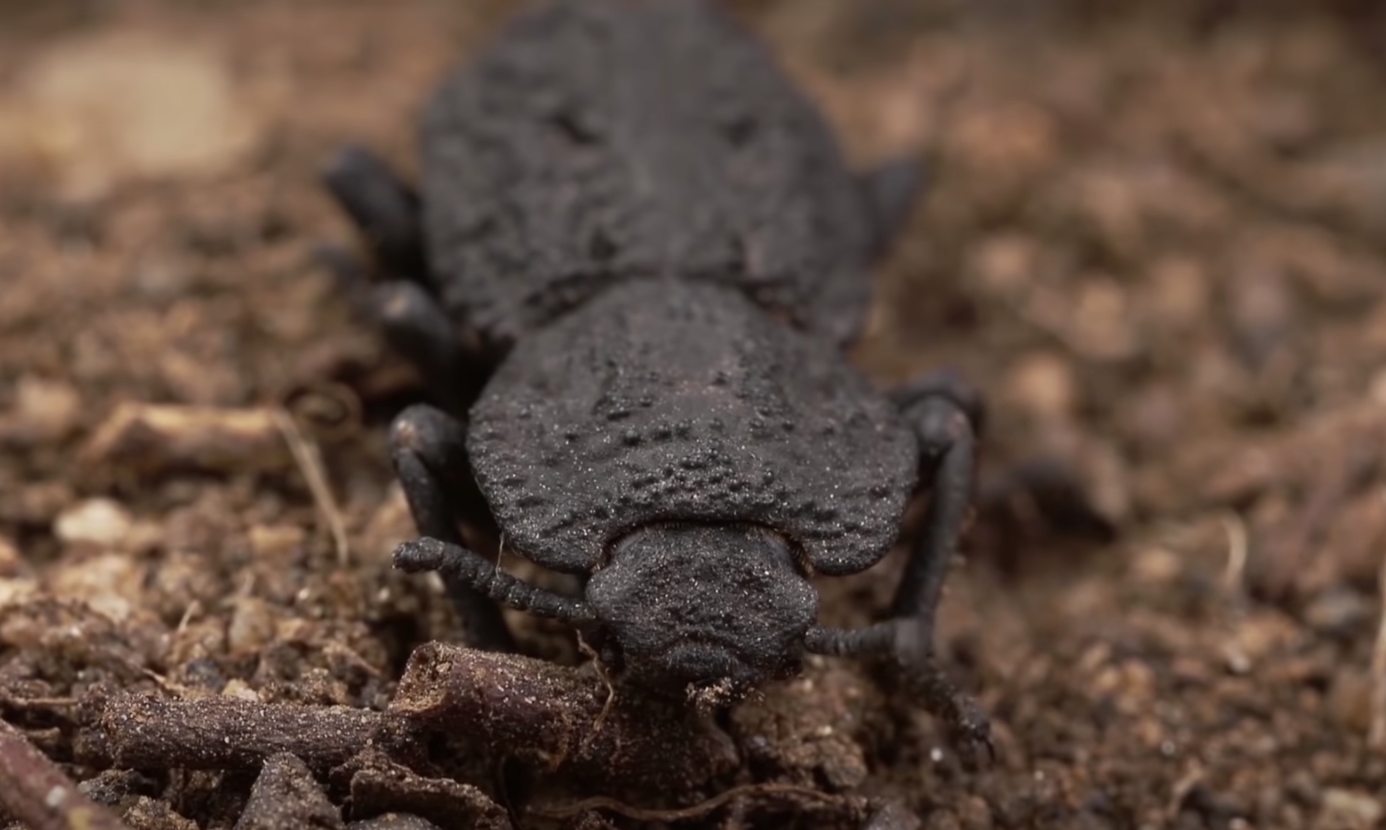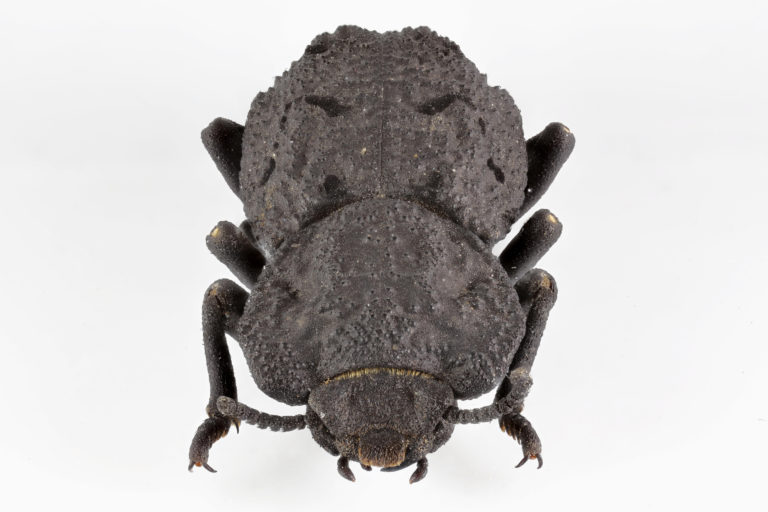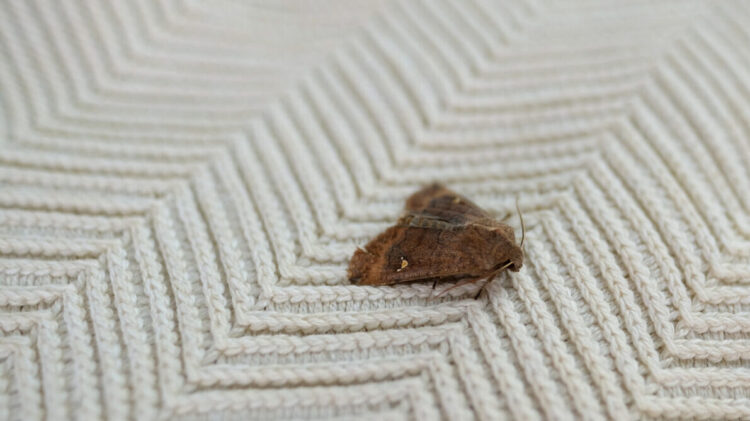This species of beetle can survive being run over by a car

If ever there were an insect deserving of superhero status, it’d be the diabolical ironclad beetle. Native to Southern California desert habitats, this beetle looks a bit like a rock, and its ability to play dead helps it evade predators such as birds, lizards and rodents. But what makes the diabolical ironclad beetle exceptional, as its name suggests, is its rock-hard, crush-resistant exoskeleton. In fact, the bug can survive being run over by a car — and that’s a feat that piqued the interest of researchers.
In a new study published in Nature, researchers from University of California, Irvine, Purdue University and other institutions delve into the material makeup of the beetle’s armor. This mighty tough bug can withstand a force of 39,000 times its body weight, according to the researchers. To put things into perspective, that would be the equivalent of a 200-pound man enduring the crushing weight of 7.8 million pounds (more than six airplanes!) to equal this feat.
Here’s a video of the squish-resistant beetle being run over, playing dead and then casually strutting away from the scene — unscathed:
So what makes this beetle so durable? The evolution of its exoskeleton, including the materials and how its intricately constructed.
The ironclad beetle’s exterior evolved into a solid, protective shield made up of layers of chitin, which is a fibrous material, and it’s also packed with a protein. What’s more is this beetle has two armor-like “elytron” that meet at a line, which is called a suture, that runs the length of its abdomen. In beetles that take flight, the elytra protects their wings. But without wings, the ironclad beetle’s elytra and its connective suture — which acts like a jigsaw puzzle connecting exoskeletal blades—help distribute applied force evenly throughout its body, explains Pablo Zavattieri, a civil engineering professor at Purdue.
This uniquely tough exoskeleton has helped the ironclad beetle take on its predators.
“The ironclad is a terrestrial beetle, so it’s not lightweight and fast but built more like a little tank,” explains David Kisailus, a University of California, Irvine professor of materials science and engineering, in a press release. “That’s its adaptation: It can’t fly away, so it just stays put and lets its specially designed armor take the abuse until the predator gives up.”
Not only is the ironclad beetle an interesting phenomenon in nature, but scientists are interested in using the bug’s design to inspire durable parts that could be used in cars, bicycles and even airplanes. If the ironclad beetle is the muse for better-built cars, the least we can do to thank this bug is to stop running it over!






